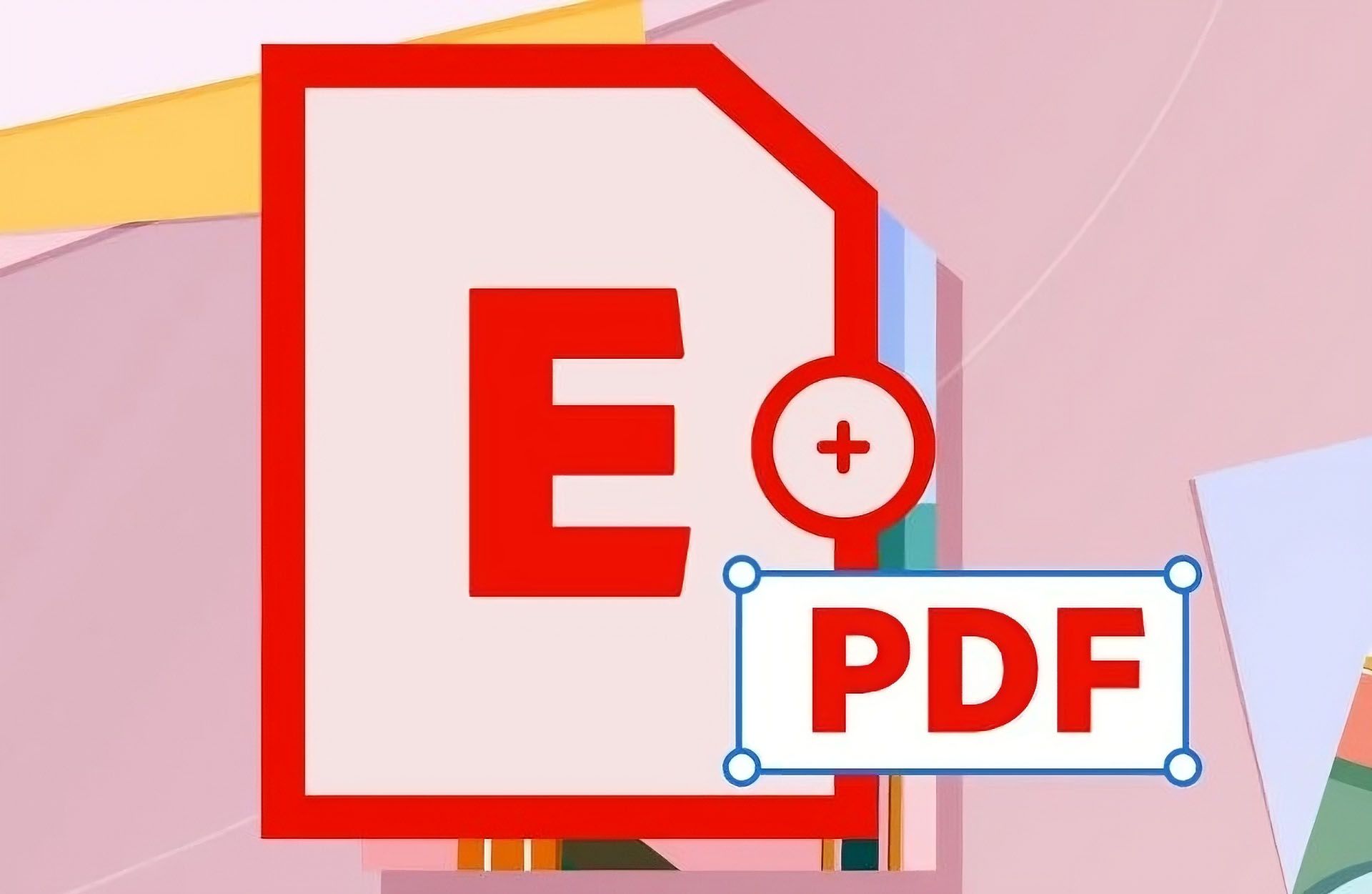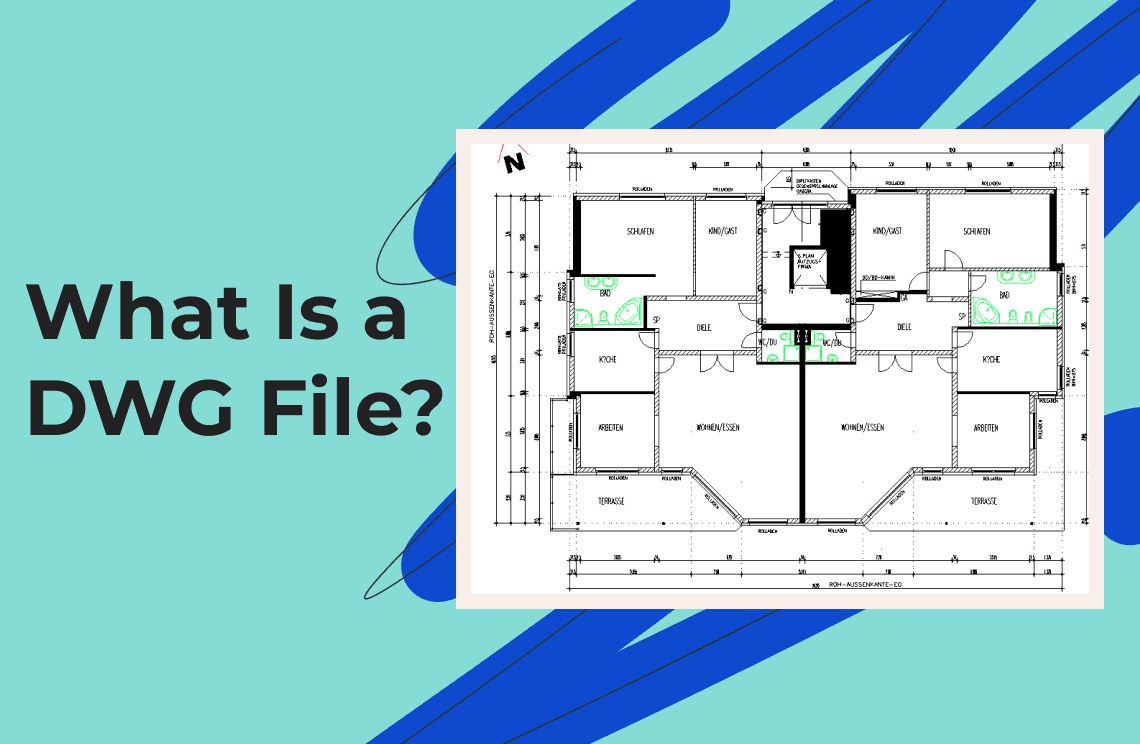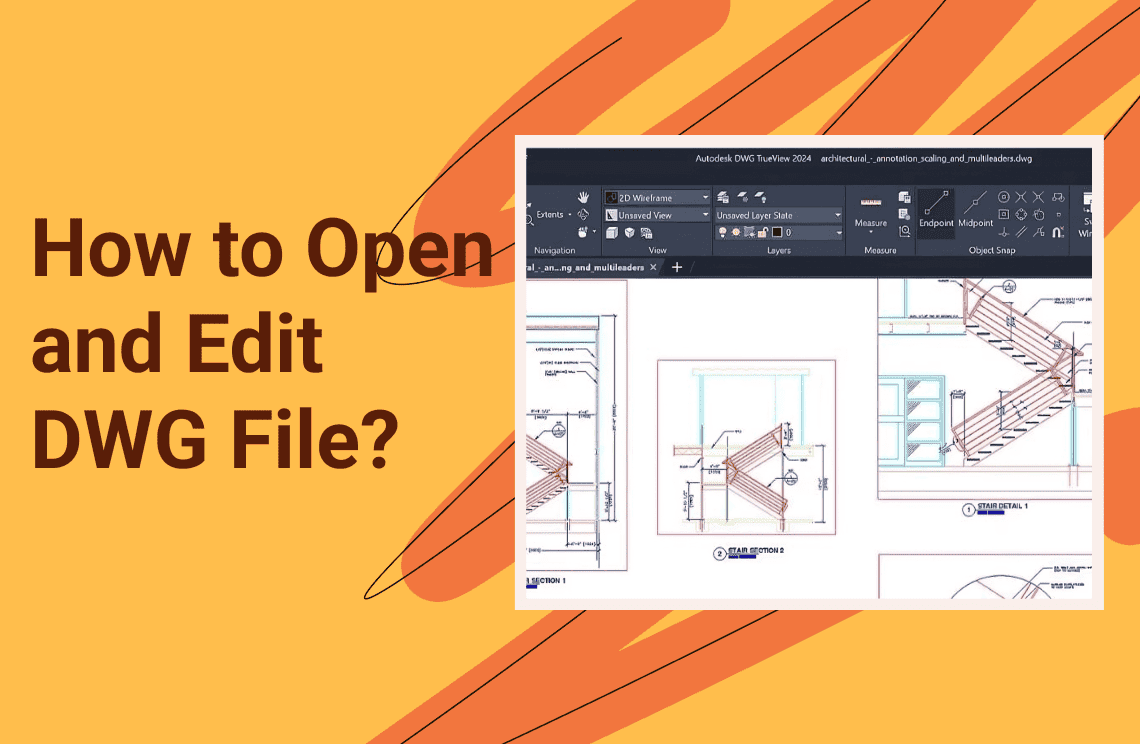Engineering is a fast-paced profession where proper documentation plays a key role in the successful execution of projects and collaboration. In this respect, the PDF/E standard has emerged as one of the most powerful solutions tailored to the needs of engineering professionals. By offering a reliable and versatile format for sharing and archiving engineering documents, PDF/E enhances workflows across different industries-from construction and manufacturing to architecture.

PDF/E is an international standard, ISO 24517, developed to make the exchange of engineering documents easy. It was created by Adobe in 2004 and then was finally standardized in 2008. Unlike the general-purpose standard PDFs, PDF/E is optimized for technical documentation, supporting complex graphics, 3D models, and detailed drawings. This format allows engineers to create documents that are not only visually rich but also interactive and informative. In the remaining part of this informative write-up, you will learn about more of the many features that make PDF/E the right documentation tool for engineers.
Features of PDF/E
1. Support for 3D models: One of the conspicuous features of PDF/E is the embedding of 3D models in this document format. It enhances the visualization of complex designs without other software used to view these models. With such 3D data in place, comprehension and understanding among team members and stakeholders improves.
2. Interactive elements: PDF/E does support various interactive components, including hyperlinks, bookmarks, forms, annotations, and comments. The interactivity enhances collaboration among teams because one can give feedback right there in the document.
3. Data reliability: PDF/E ensures that information contained in documents is accurate and remains intact throughout the document's life. Engineers can be assured that such crucial information as measurements, specifications, and intricate designs will not corrupt or change during sharing or archiving.
4. Long-term storage: Designed with long-term archiving in mind, PDF/E allows organizations to store documents without losing essential information or formatting over time. This is a very important feature for compliance and historical reference in engineering projects.
5. Cost-effective solution: With a reduction in paper documentation and dependence on expensive proprietary software, PDF/E allows organizations to reduce costs of document management while smoothing their workflows.
6. ISO compliance: Being an ISO-standardized format, PDF/E (ISO 24517) assures users that it meets industry standards for quality and reliability in documentation.
Benefits of using PDF/E in engineering
Check below for some of the outstanding benefits of PDF/E in enhancing engineering documentation.
- Enhanced collaboration: With its interactive features, PDF/E facilitates better collaboration among teams working on engineering projects. Multiple users can annotate and comment on documents simultaneously, ensuring that feedback is easily captured and addressed.
- Improved document Exchange: PDF/E simplifies the process of sharing complex engineering documents across different platforms and applications. This reliability reduces compatibility issues that can arise when using standard PDFs.
- Streamlined workflows: By integrating multimedia elements such as animations and interactive components, PDF/E enhances the clarity of engineering documentation. This clarity helps reduce misunderstandings and errors during project execution.
- Reliable printing: The format allows the printing of documents and retention of their appearance and details, which is important in technical drawings that need precision.
- Lower storage costs: While moving from paper-based documentation to digital formats such as PDF/E, there would be no physical storage costs, and materials stored earlier could be accessed easily.
- Self-contained files: PDF/E files are designed to be self-contained, that is, they can embed all the necessary fonts, images, and other resources within the document. This feature ensures the files can be viewed consistently across different devices without extra resources.
Various Areas of Use for PDF/E?
PDF/E finds wide usage across various professions in the engineering discipline and some of them are mentioned below:
- Civil engineers: To manage large projects involving a lot of documentation.
- Architects: To share architectural designs, including detailed drawings and 3D models.
- Manufacturers: Creation of accurate product specifications and assembly instructions.
- Construction professionals: Allows clear communication among contractors, suppliers, and clients on a project through detailed project documentation.
Practical Applications of PDF/E
- Geospatial documentation: Engineers in geospatial projects use PDF/E while sharing maps and spatial data effectively with a view toward the accuracy of representation.
- Manufacturing processes: In manufacturing, PDF/E is essential for creating detailed assembly instructions, combining textual descriptions with visual aids to guide workers. This format ensures that instructions are clear and easy to follow, reducing errors and improving efficiency. Visual representations support the understanding of complex assembly processes, ensuring smooth operations.
- Construction drawings: Architects and construction professionals rely on PDF/E for producing detailed construction drawings. These files include necessary annotations, dimensions, and specifications, ensuring that all stakeholders are aligned. The format preserves the clarity of the drawings and maintains a high level of detail required for accurate project execution and compliance.
- Project management: In project management, teams compile reports integrating various document types—drawings, specifications, schedules—into a unified PDF/E file. This streamlined approach facilitates easier distribution and sharing among stakeholders, ensuring that everyone has access to the most up-to-date information. The format aids in collaboration and improves overall project coordination.
FAQs
Q: How does using PDF/E help in long-term storage?
PDF/E is targeted at long-term archiving; hence, it will not suffer from losing vital information or formatting with time. That's not just a question of meeting the needs for compliance with industry regulations, but also one of historical reference in engineering projects.
Q: How does PDF/E enhance collaboration?
PDF/E allows multiple persons to share, annotate, and comment on documents all at the same time. The functionality enables feedback to be captured directly within the document, hence smoothing communications among team members and stakeholders.
Q: How does PDF/E differ from the standard PDF?
While both PDF and PDF/E are based on the Portable Document Format, the latter is aimed at engineering uses. The critical differences can be summarized below: - Support for 3D Models: PDF/E can insert 3D models in a document for a better view and idea about designs. - Detailed Metadata Support: PDF/E does store metadata in such detail for document management and retrieval applications. - Data Integrity: PDF/E maintains any measurement and specification correctly for the lifespan of the document.
Conclusion
Mastering PDF/E can drastically affect the way engineering documentation is created, shared, and archived. With its unique features—support of 3D models, enhancement in collaboration tools, data reliability—engineers can ease the working process and at the same time maintain accuracy, besides following industrial standards. As the engineering field continues to evolve along with technological advancements, the adoption of formats like PDF/E will be important in sustaining efficiency in documentation practices. Greater productivity by organizations through a specialized standard ensures high-quality products reach the market faster than ever. In a nutshell, PDF/E is a critical engineering documentation tool in the modern era, offering a mix of interactivity, reliability, and cost-effectiveness that meets the demands of today's dynamic work environments.





